I have compiled a very solid list of the 12 most famous PhD theses (plural of thesis) in history. Do realize that this list includes ‘PhD Theses’ and not books/volumes (so Principia by Newton doesn’t count).
This list is based entirely upon my general knowledge, so pardon me if I am limited in my insight. Also, do note that the list is by no means exhaustive or in order. Have a look. You can click titles to read the theses. Enjoy, oh and forgive me for the complexity of the content. I couldn’t help it.
1. Recherches sur les substances radioactives (1903)
In English, this translates to “Research on Radioactive Substances”. Marie Curie’s thesis is perhaps one of the most famous scientific document of the 20th century. The thesis documents her discovery of radioactivity materials such as radium and polonium, for which she was awarded 1903 Nobel Prize in Physics, and subsequently formed the core of her future research. She also won a Nobel Prize for Chemistry in 1911.
2. A Symbolic Analysis of Relay and Switching Circuits (1937)
Claude Shannon’s thesis is said to be the most significant thesis of the 20th century, because it laid down the foundations of everything that has to do with ‘digital technology’. It is in here where Claude Shannon, at the ripe age of 21, proved how Boolean Algebra could become the building block of computers. The concept of using binary properties of electrical switches is at the core of all digital circuit design. Put it simply, Shannon’s thesis showed how a bunch 0s and 1s could do magic!
3. Non-cooperative games (1950)
John Nash. You must remember him from the movie A Beautiful Mind starring Russell Crowe. Nash’s thesis, titled “Non Cooperative Games” formed the building block for the Nash equilibrium, and his subsequent Nobel Prize in Economics (1994). His 28 page thesis is online and I’ve linked it in. I challenge you to read a few pages of it without getting dizzy. Nash’s handwriting is too messy. Nash still lives.
4. Recherches sur la théorie des quanta (1924)
De Broglie. The name is cool, plus he’s got swag (just look at that pose). De Broglie was one of the great theoretical physicists of the 20th century. His 1924 thesis, “On the Theory of Quanta” laid down the revolutionary idea of wave-particle duality, as applied to electrons. This idea is one of the principle ideas of quantum mechanics. De Broglie’s thesis is 70 pages long, which I believe is a short space to describe such an powerful and majestic concept. This thesis was the reason he won the Nobel Prize in Physics a mere five years later.
5. The Principle of Least Action in Quantum Mechanics (1942)
Richard Feynman’s 1942 thesis “The Principle of Least Action in Quantum Mechanics” laid down the foundation of path integral technique and the famous Feynman diagrams. Feynman diagrams are used by physicists all over the world to pictorially represent the behavior of subatomic particles with mathematical expressions. Although his thesis wasn’t the reason he won a Nobel Prize for Physics, it is very popular in the physics community. After all it’s the work of Master “Feynman”.
6. A New Determination of Molecular Dimensions (1906)
How can a history list be complete without the evergreen Albert Einstein? Einstein’s doctoral thesis “A New Determination of Molecular Dimensions” was instrumental in the sense that Einstein ended up with a very accurate value for the Avogadro’s number. The value was in compliance with what he and Planck had found earlier from black-body radiation. Einstein’s thesis laid down the framework for his next breakthrough work on Brownian Motion. Einstein’s doctoral thesis is his most cited work to date.
7. The Difference Between the Democritean and Epicurean Philosophy of Nature (1841)
Karl Marx’s 1841 thesis titled “The Difference Between the Democritean and Epicurean Philosophy of Nature” is a landmark work. In his thesis, Marx argues the differences between two schools of thought that originated from Ancient Greek polymaths namely Democritus and Epicurus. It is in here where Marx debates between “freedom and determinism”. For the philosopher in you, do check the link to his original thesis I’ve added on top.
8. The Protestant Ethic and the Spirit of Capitalism (1905)
Max Weber is considered to be one of the founders of sociology. Weber is known for his 1905 thesis titled “The Protestant Ethic and the Spirit of Capitalism” in which he combines economic sociology and the sociology of religion. Weber’s thesis discusses key issues about market-driven capitalism, cultural influences on religion and key concepts of social stratification (when groups are segmented based on their social conditions).
9. Sketchpad: A man-machine graphical communication system (1963)
Ivan Sutherland’s 1963 PhD thesis is a landmark paper in computer science and human computer interaction. As part of his thesis, Sutherland created Sketchpad, the world’s first graphical user interface or GUI program. GUI is at the core of digital computing today and how we interact with computers has become more intuitive, because of Ivan’s genius work. His thesis was not only a pioneering work in HCI (Human Computer Interaction) but it also gave birth to OOP (Object Oriented Programming), a new paradigm to creating better software.
10. Molecular Machinery and Manufacturing with Applications to Computation (1991)
Kim Drexler’s 1991 thesis on Molecular Nanotechnology is a pioneering work for a PhD student. Well, he essentially invented the field of molecular nanotechnology with his thesis, which is a really big deal. Kim Drexler’s thesis is so influential that it gave birth to an entirely new concept of mechano-synthesis. It is in here that the idea of “nano-factories” was first proposed. Kim’s thesis has changed the way we look at nanotechnology and perhaps altered the course of how it should be used. Imagine nano robots being manufactured in your body to defeat cancer cells. Marvelous!
11. Logical-Philosophical Treatise (1921)
Ludwig Wittgenstein’s Tractus Logico-Philosophicus (Logical-Philosophical Treatise) 1921 Cambridge thesis is perhaps his more foremost work. The examiners at Cambridge said, “This is far more superior of a work than that is expected by a PhD candidate”. Bertrand Rusell called him “a true genius that he has never seen before”. Ludwig Wittgenstein was one of 20th century’s greatest philosophers and logicians. His masterpiece 78-page thesis “Tractus”, now published as a book was his only published piece ever. “Tractus” discusses all kinds of things that might seem odd at first, but they are thought provoking – for example, things like the limits of science, the relationship between language and reality. I’ve linked in his thesis and you should read it. It is fun because it is in the order of declarative statements (such as 1, 1.1, 1.1.x and so on) instead of arguments.
12. On the Hypotheses which lie at the basis of Geometry (1868)
Bernhard Riemann’s 1868 thesis gave birth to Riemannian geometry. His work was well received and turned into a landmark work in geometry just two years after he died. Riemann was a student of Gauss, the great Swiss mathematician. Riemannian geometry is of critical importance, as it was used by Albert Einstein to explain the concept of relativity. This is because Riemannian geometry introcued geometrical objects called tensors which describe how much bent or curved is a point in space. A century and half later, Riemannian geometry was used by Grigori Perelman to solve one of the hardest problems in mathematics, the Poncaire Conjecture.
I hope you’ve enjoyed my list. Share and comment.
About Ali Gajani
Hi. I am Ali Gajani. I started Mr. Geek in early 2012 as a result of my growing enthusiasm and passion for technology. I love sharing my knowledge and helping out the community by creating useful, engaging and compelling content. If you want to write for Mr. Geek, just PM me on my Facebook profile.









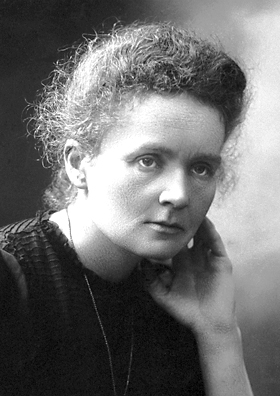


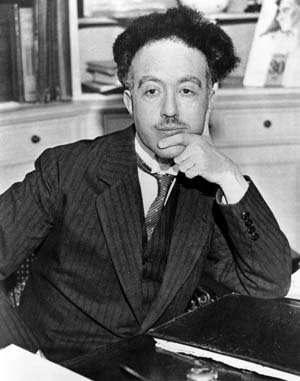

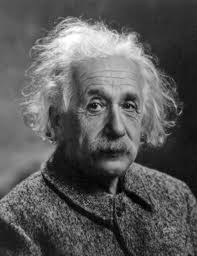
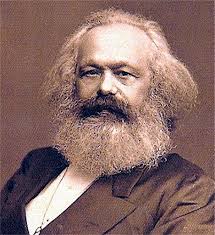
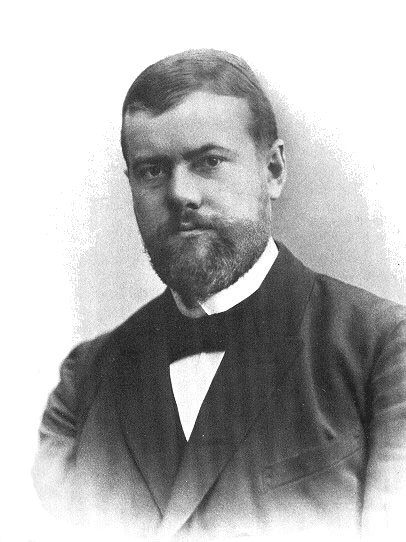
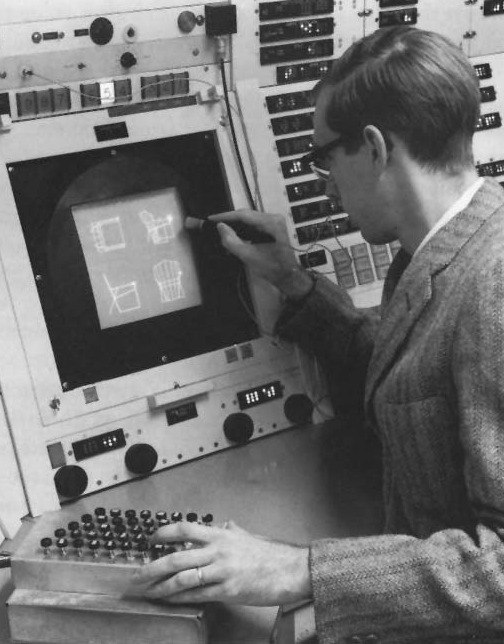

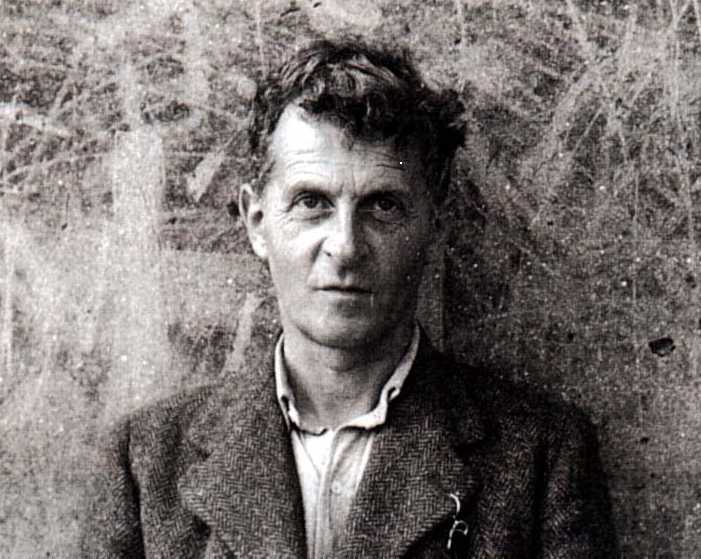
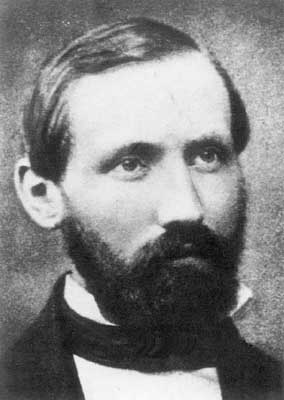









Pingback: Quora()